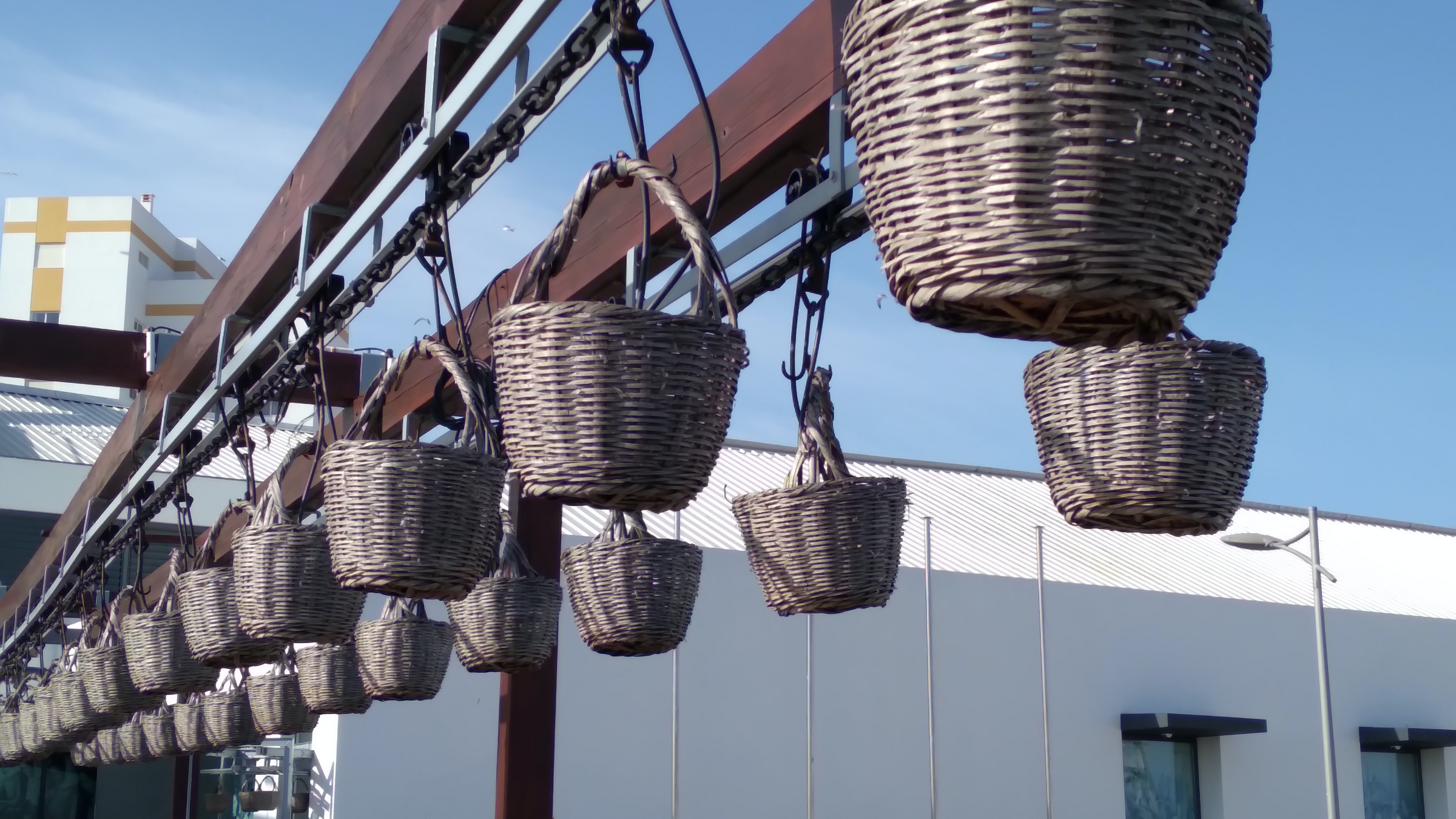WORDS Julian Putley | PHOTOGRAPHY Portimão Museum
Spring is in the air and visitors are flocking to Portugal’s favourite coastline, the Algarve. As you take a morning stroll along any village waterfront, you will undoubtedly catch a whiff of the appetising aroma of grilling sardines; they’ll be on every menu. There is nothing more Portuguese than a platter of grilled fish, a mixed salad, boiled potatoes and a cool glass of Portugal’s Vinho Verde, a light, white, bubbly wine.
Rivers are the arteries of the planet and as such, are essential to the livelihood of the people. Portugal’s Arade River is one example. It originates near the Serra do Caldeirão and runs through Silves, Ferragudo and Portimão on its way to the sea on Portugal’s Algarve coast.


Last summer, on a river trip to Silves, I was amazed at the abundance of sardine processing plants on the banks of the river near the estuary, now all defunct or transformed. Portimão once boasted 23 fishing canneries that were the bedrock of the region’s economy. The last cannery closed in 1981.
It was a thriving industry with supply chains as far away as northern Europe and North America. Great care was taken to produce a quality product, and gourmet grocery stores around the world stocked the famous Portuguese delicacy. Besides sardines in olive oil, new recipes were introduced: sardines in tomato sauce, sardines in a spicy sauce, sardines with green pepper, tomato, carrot, onion, sage, cloves and bay leaf. The competition was fierce and enticing recipes were important.
At Portimão, one of several boats would depart the docks before dawn and head out to sea. An expert lookout was tasked with identifying where the large schools of fish might be. When a promising location was spotted, the nets were set in a large circle with floats at the top. At the bottom was a drawstring. This was pulled tight when the catch was considered adequate. The net full of fish was then hauled aboard and the vessel returned to the dock to unload. Sometimes the fish were transferred to smaller boats while the bigger fishing boat began another voyage.


At the dock, the fish were thrown ashore in baskets, which were then loaded onto the conveyor and straight into the canning factory. The fish were beheaded and degutted, washed in brine and laid on racks for grilling. Inferior methods involved cooking them in the can, but this cannery, operated by the Feu Hermanos La Rose brand, aimed for the best. Now the old cannery is the Portimão Museum.
By far, the largest exhibit is the sardine display, but the industry involved more than catching and canning fish. The enterprise encompassed all the facets of the industry, including boat building, maintenance, rope making, net weaving and can fabrication. The exhibit shows, in the real life-size form, how so many of Portimão’s residents were employed, even depicting a daycare facility for babies so that mothers could work at the conveyor belts while the men were out fishing. In Portimão, the sirens of the factories depended on the arrival of the fish. Their wail could be heard in the morning, afternoon or evening, telling the workers that the fish needed to be processed and could not wait. A day’s work could be 14 hours or none at all, depending on the catch. Films from the 30s accurately depict the hard life demanded by the factories.
It was a typically sunny and pleasant day, so after the museum visit, we drove to the opposite bank of the estuary. We sat at a waterfront restaurant and ordered the freshly grilled sardines and a carafe of red wine. The Portuguese seafood tradition is deeply ingrained in the history of this beautiful country and that is good news for residents and visitors alike.













